Lake Thingvallavatn has held a certain amount of mystery for those who love brown trout. The first mystery is on how to actually pronounce it! ‘Thingvatlervarten’ I think is the best thing I can come up with… This amazing freshwater lake is Iceland‘s largest lake at 83.7 km² and is approximately 12,000 years old. Lava dams, canyons and fissures criss cross the national park’s landscape scarring the lake bottom in many places. In some places the lake reaches depths of 115 metres although the average depth of the lake is 34 metres. Bottom line… its big. This July I finally had a chance to experience it myself.
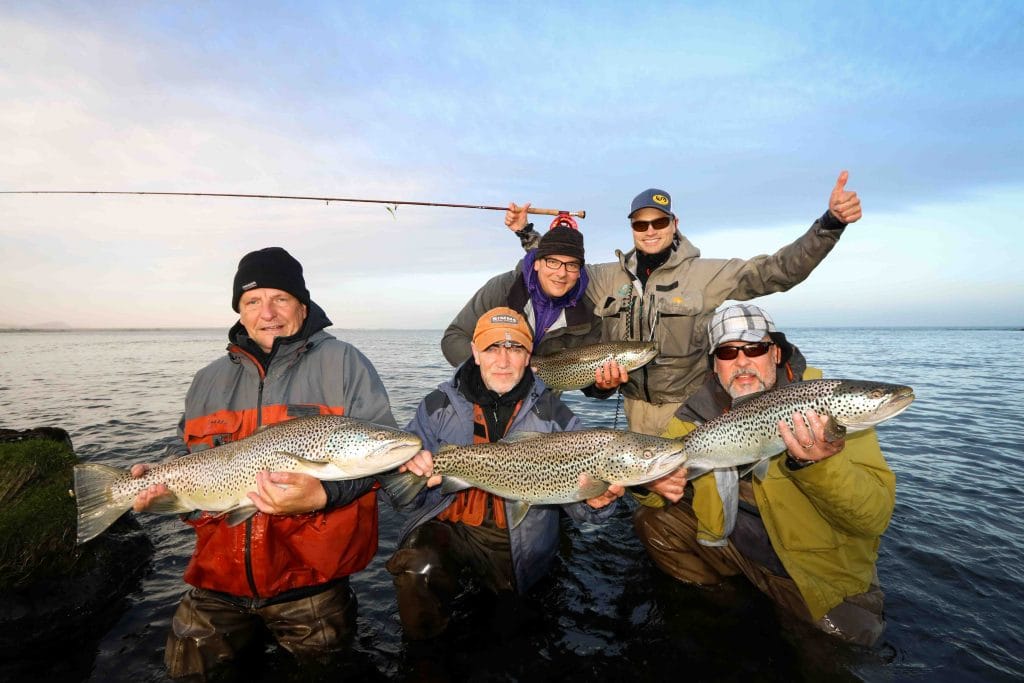
The lake has long been a secret that the Icelandic fishing community has kept to themselves, occasional teasing us with photographs of impossibly large brown trout. Some of these fish have been in excess of 20 lbs The lake itself is comprised of numerous beats along the shoreline, some ranging from 1.5 to 3.5 km long. The first one that really appeared on the international radar was the ION beat, based from the ION hotel. The ION beat has a river that flows into it where the fish can congregate to spawn near one of the many warm water springs. The cost for this trip is some £4,500 for three days being based from the ION Hotel. Since then a number of other private sections of lake shore have now been leased, some of which offer fishing to the same quality without the extra expense of a top end hotel.
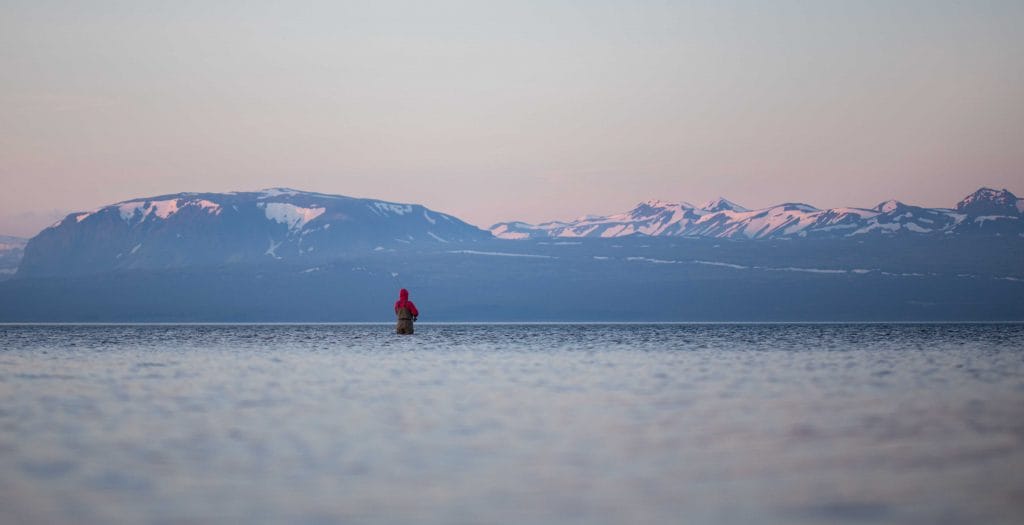
The question I have always been asked is how to justify the price differentials between the various beats. For example, it is possible to book a day ticket on the lake for as little as 2000Kr (approx. £12). The simple answer is privacy and access to productive water. If you don’t wish to be side by side with other fishermen and are looking to maximise your chances of hooking one of these monsters then the private beats are the way to go. Not only will you have it to yourself, but these beats are closer to the warm water issuing from the springs that attract the fish, and often there are rivers running into these shorelines where the fish like to congregate. If the weather is calm this bays and inlets can be the scene of incredible rises – huge fish rolling porpoising on tiny midge and heather fly.
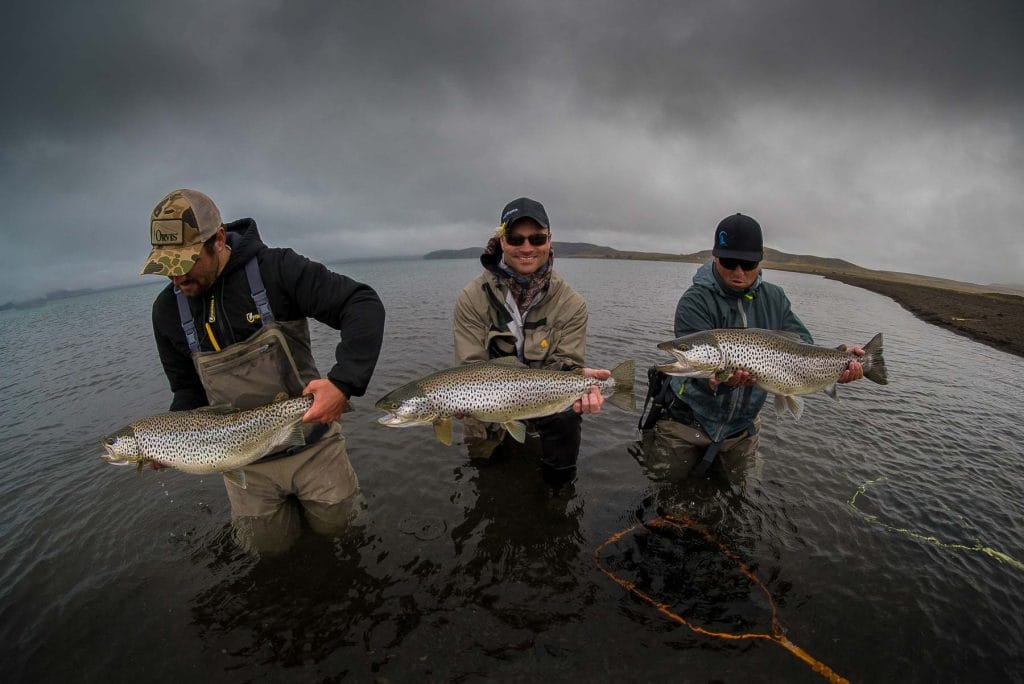
In my visit I fished Villingavatnsárós beat 3A, 3B & 3C beat further down the coastline under the cliffs. These beats have access of long sandy beach, and in some ways fishing here is not dissimilar to reservoir fishing off the bank. We waded out a little way and cast towards the shelf where the water drops off rapidly to depth, mostly using big skull head streamers in a scatter cast fashion before moving down the beach. It is methodical searching, much like I have done in my stillwater days. This type of fishing is not for everyone as its constant casting at range, but I really enjoyed it. Sadly the big boys were not out to play, but I did catch a couple of char that pulled hard and kept the interest going. There are four species of arctic char in the lake which offer a welcome distraction if the trout are playing hard to get.
Later that night we fished the river mouth again and for a brief period of time the wind dropped and sun cracked through the clouds. Around this area I had a chance to see what large fish supping dry flies off the surface looks like. As the orange tinge of the evening light lit up the surface large boils could be seen along the shelf edge and also much closer to shore. We have a brief window of opportunity to tune into these fish, but before we could figure out what was happening the wind picked up again and the surface activity stopped liked someone throwing a light switch. The experience left me wanting…
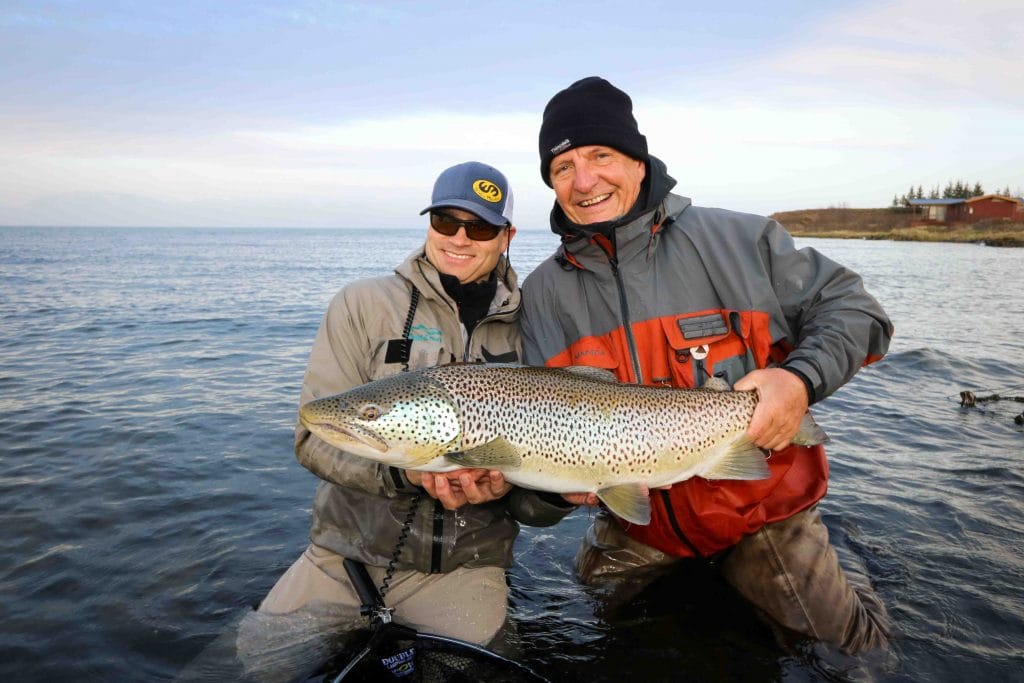
The season for Thingvallavatn is 15 April – September 15. Different areas of the lake fish better at different time of the year. Prime time is generally considered April to mid June when the trout chase the fry out of the deeper water. It should be noted that fishing during this period can be tough conditions wise and is not for the faint hearted. Long days of casting big flies in cold conditions, but the rewards can be huge. Rolling into May and June the weather improves and there is a chance for some nymph and dry fly action. In July there is still a good chance of hitting the big browns, but the density of fish will be less than early season as they will also begin to hunt in the depths again.
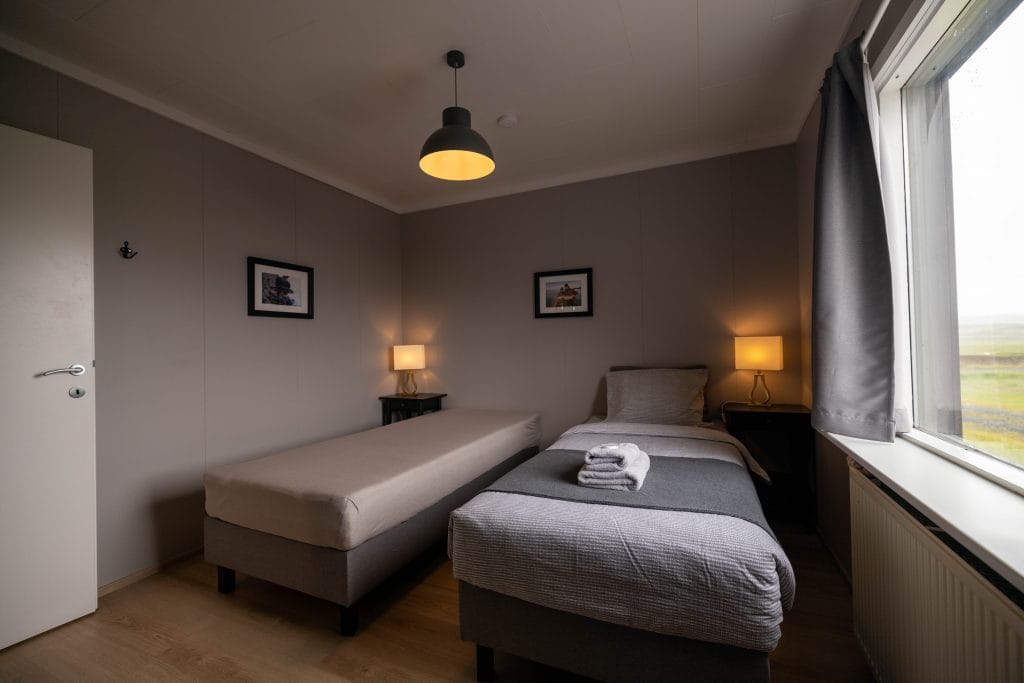
There are various accommodation options open to us here, the simplest being a converted house on the shores of the lake that has makes an excellent full-service lodge. It has been very nicely fitted out and the ideal way to enjoy this fishery with the minimum of fuss. For those looking for something more comfortable there are a number of excellent hotels in the area that can also be used as a base. All our trips are fully guided and this is key. Quite frankly fishing this water unguided is like looking for a needle in a haystack. Many of the guides have been fishing this lake system since they were children and know it intimately.
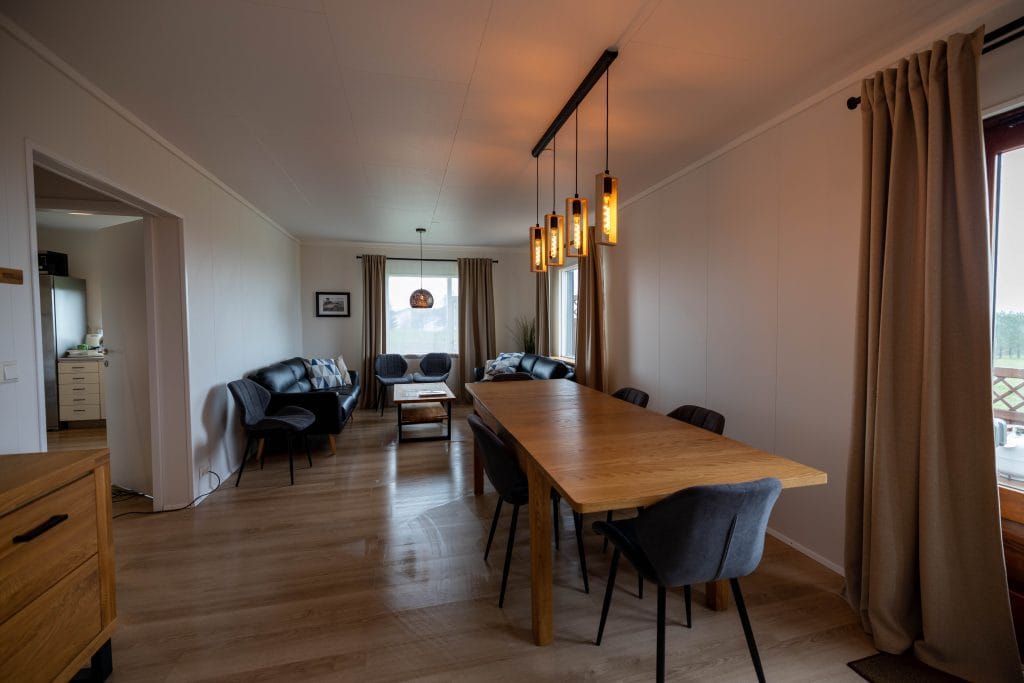
The cost to fish these beats is approximately £3,450 pr person (subject to exchange rate) for 5 days fishing fully guided, full service and accommodation. For more information on trout and char fishing in Iceland please contact Alex Jardine or Peter McLeod or call +44 (0)1980 847389.
